Search
Search Results
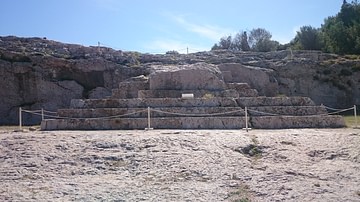
Definition
Critias
Critias (l. c. 460-403 BCE) was an Athenian politician, poet, and playwright, one of Socrates' followers, Plato's second cousin, a leading member of the Thirty Tyrants of Athens, and leader of the oligarchy they established. He is referenced...
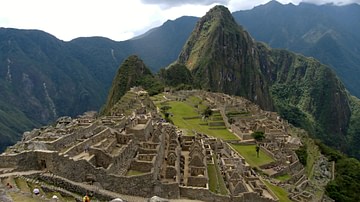
Interview
Information & Communication Technologies in Cultural Heritage & Tourism
Information and communication technologies (ICT) are revolutionizing the ways in which the public interacts, understands, and appreciates the importance of cultural heritage around the world. They are additionally enabling sustainable tourism...

Article
Interview: Refugees & Reformation in 16th-Century Frankfurt
In the 16th century, German cities and territories welcomed thousands of refugees fleeing the religious persecution sparked by the Protestant Reformation. In Strange Brethren: Refugees, Religious Bonds, and Reformation in Frankfurt, 1554-1608...

Interview
Interview: Metsamor Archaeological Site
Metsamor, which is located 32 km (20 mi) west of Yerevan, Armenia is one of the most interesting archaeological sites in the Caucasus. While first settled and founded as a Bronze Age city, people continuously inhabited Metsamor through Urartian...
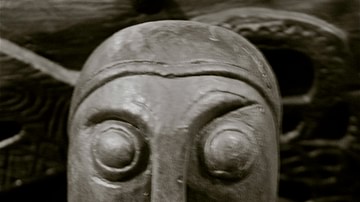
Definition
Vikings
The Vikings were originally diverse Scandinavian seafarers from Norway, Sweden, and Denmark (though other nationalities were later involved) whose raids and subsequent settlements significantly impacted the cultures of Europe and were felt...
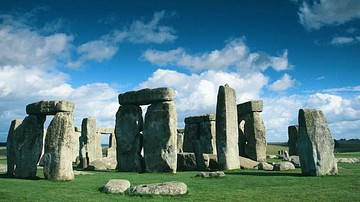
Definition
Stonehenge
Stonehenge is a Neolithic / Bronze Age monument located on Salisbury Plain, Wiltshire, southern England. The first monument on the site, began around 3100 BCE, was a circular 'henge' earthwork about 360 feet (110 metres) in diameter, a 'henge'...
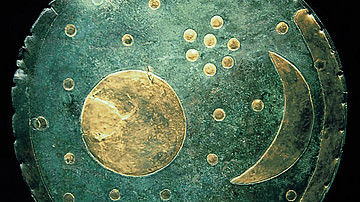
Article
The Nebra Sky Disk - Ancient Map of the Stars
The Nebra Sky Disk is one of the most fascinating, and some would say controversial, archaeological finds of recent years. Dated to 1600 BCE, this bronze disk has a diameter of 32cm (about the size of a vinyl LP) and weighs around 2 kg. It...
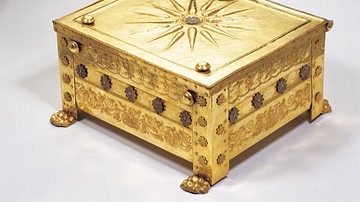
Article
The Royal Macedonian Tombs at Vergina
Excavations at Vergina in northern Greece in the late 1970s CE unearthed a cluster of tombs thought to be the burial site of Philip II (r. 359-336 BCE), the father of Alexander the Great (r. 336-323 BCE), with a wife interred in a vaulted...

Definition
Urbanization
Urbanization is the process by which rural communities grow to form cities, or urban centers, and, by extension, the growth and expansion of those cities. Urbanization began in ancient Mesopotamia in the Uruk Period (4300-3100 BCE) for reasons...
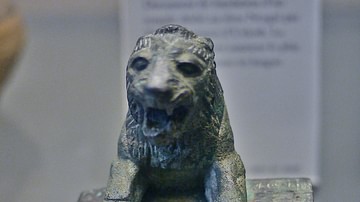
Definition
Hurrians
The Hurrians (aka Hurri or Khurri) were a Bronze Age people who flourished across the Near East from the 4th millennium BCE to the 1st millennium BCE. Hurrian is also the name of the language these people spoke and, indeed, is the one constant...